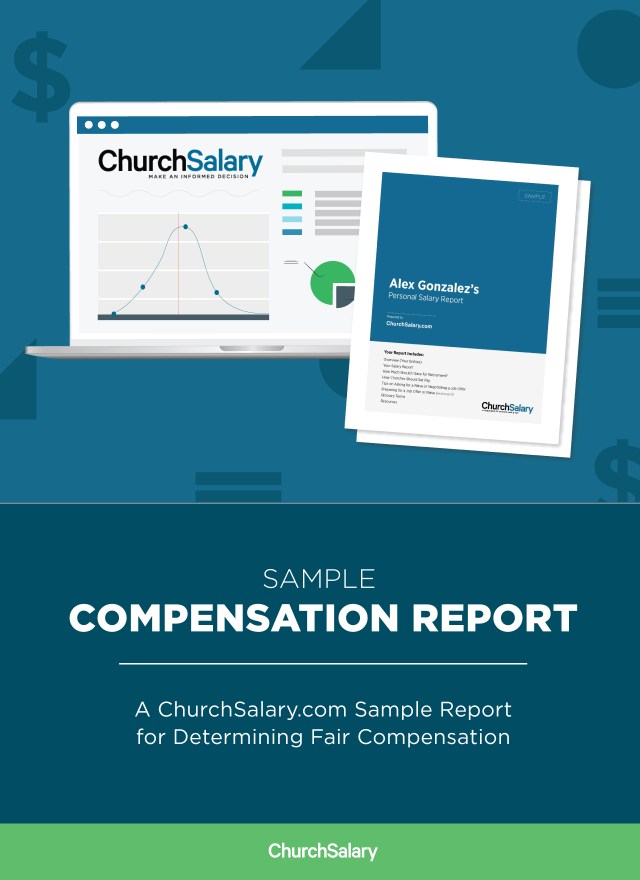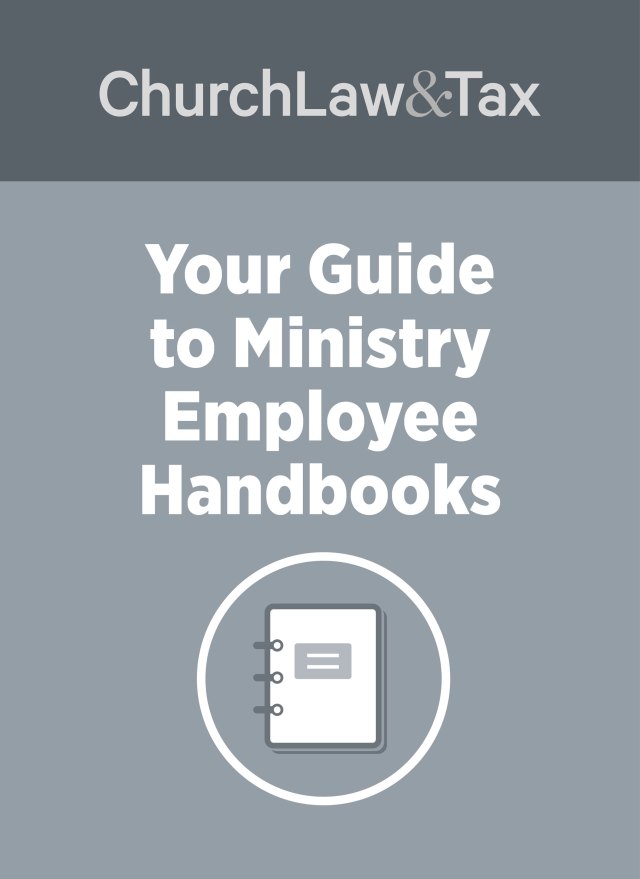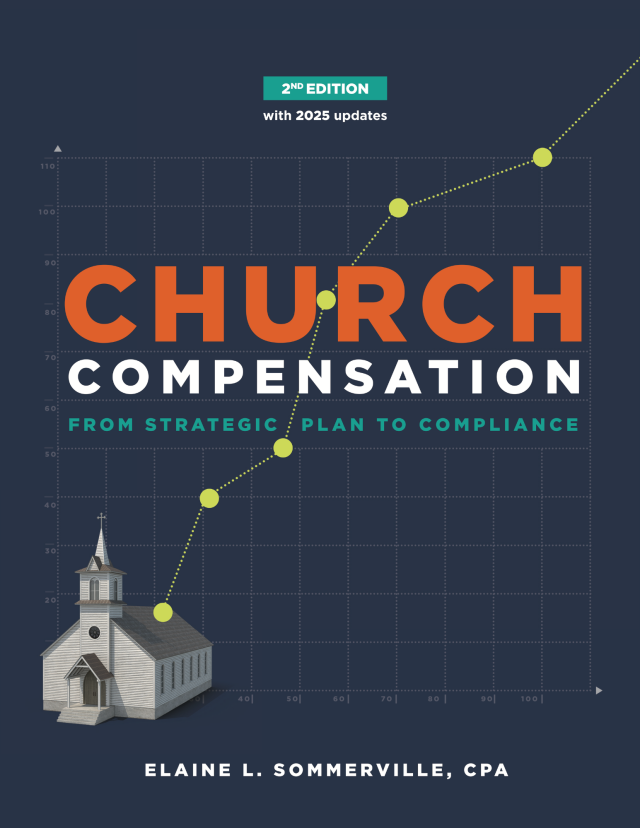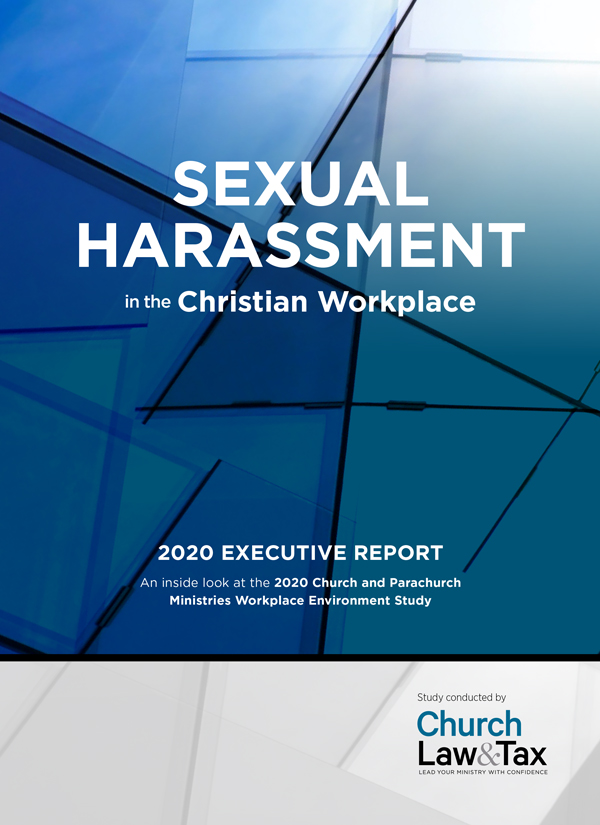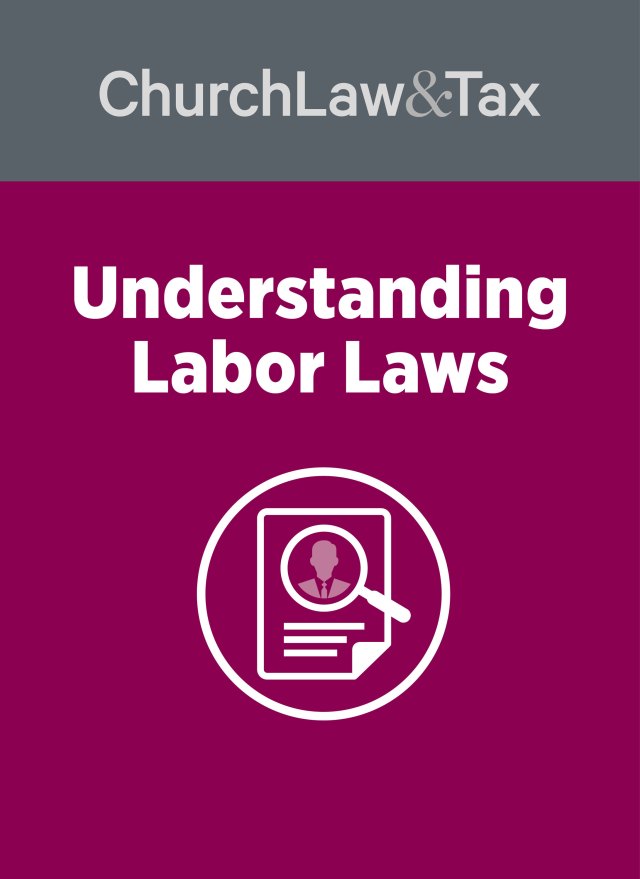Q: In what ways do church leaders need to protect the church from potential legal problems relating to layoffs? And to what extent does the church need to substantiate the need for specific layoffs or position elimination?
If your church is contemplating laying off employees, there are several legal issues to address. Let me mention six of them.
Consult your policy manual
First, most church employees, other than perhaps the senior pastor, ordinarily are employed indefinitely. Such employees have no expectation of continuing employment. However, some church employees are hired for a specific term, i.e., one year. In general, these employees cannot be terminated without good cause. Of course, a sharp drop in church income may well constitute good cause. Church policy manuals often address this issue, and they should be consulted.
Weight the impact to protected persons
Second, be sure that any reduction in the number of employees does not adversely impact persons who are protected by state or federal employment discrimination laws. The courts have ruled that declining revenue is a legitimate, non-discriminatory reason to dismiss employees, including those members who are of a protected class. However, layoffs cannot disproportionately impact them.
Comply with existing policies and procedures
Third, if your church has a policy or employee manual, and it addresses layoffs, be sure that you are fully complying with it.
Pay what is owed
Fourth, be sure that laid off employees are provided with any accrued benefits to which they are entitled, such as unused vacation time.
Understand the tax issues tied with severance agreements
Fifth, some churches use severance agreements when laying off some employees. Church leaders need to be very careful when utilizing such agreements, since there are a number of tax issues that must be addressed, including tax reporting and withholding, the availability of a housing allowance, and compliance with the nonqualified deferred compensation regulations under section 409A of the tax code.
Does COBRA apply?
Sixth, church leaders should be aware of the possible application of COBRA, or similar state laws, to laid off employees. COBRA is a federal law that allows certain employees covered under an employer’s group health plan to continue health insurance coverage at their own expense after the termination of their employment. COBRA was amended by the recently enacted American Recovery and Reinvestment Act of 2009 to reduce an employee’s cost of continuing coverage under COBRA to 35 percent, with the employer picking up the remaining 65 percent. This change only applies to employees who are involuntarily terminated between September 1, 2008 and January 1, 2010.
Church plans are exempt from COBRA, but most states have comparable laws that may or may not exempt church plans. Church leaders should be familiar with the possible application of state law before authorizing an employee layoff.
Seek a lawyer’s advice
Given the complexity of these issues, it is a good practice for church leaders to enlist the assistance of legal counsel before authorizing or implementing any layoffs.
Many for-profit companies have implemented creative solutions to reducing their work force. For example, some companies are reducing compensation across the board, or imposing shorter work weeks, in order to realize the savings needed to retain all current employees. Such adjustments are especially appropriate for churches whose employees often are not eligible for unemployment benefits.

